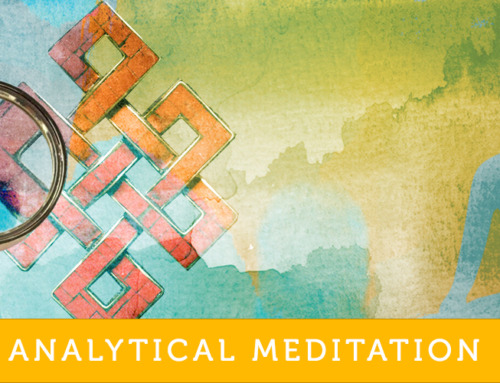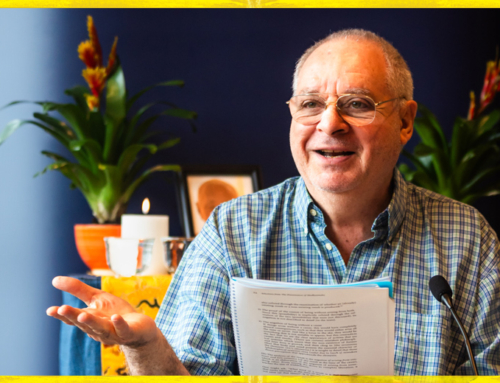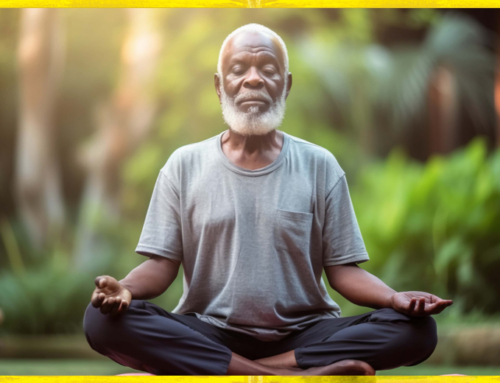Dharma without Compromise:
How to take our practice off the cushion
Advice for those familiar with insight meditation and the study of the view, based on an oral presentation by Jirka Hladis.
You might ask, “How can I use my formal dharma studies and meditation in practical ways, in everyday life?” This is an excellent question, because practicing the dharma is not meant to be limited to sitting on the cushion, but rather, it is intended to be applied and developed in all areas of our lives: home, work, school and community.
Insight into egolessness or emptiness cannot be created in post-meditation without having had an experience or glimpse of emptiness in a formal meditation session. For instance, we cannot create an experience of emptiness simply by repeating the words “everything is empty,” or “this anger is empty.” We must have some prior experience to recall. Otherwise, we might end up turning those words into a hammer to destroy whatever we are undergoing: fear, anger, sadness, jealousy, etc. This is quite tricky, because trying to use the concept of emptiness to destroy something is one of the gravest misunderstandings of emptiness.
In fact, the realms of no-analysis, slight-analysis and thorough analysis* each have their distinctions and boundaries. They cannot be mixed. Why? Because the rules are totally different in each of those realms—there can be no compromise or communication among them. Ego-clinging cannot be mixed with training in the prajña of egolessness. Any effort to generate or actualize the view of selflessness by mixing ego-clinging with the egoless worldview will be futile.
What does this mean in practice? Take, for example, the teaching of bringing to mind egolessness as you go about your daily routine, such as brushing your teeth. Do you experience yourself as a solid, permanent and independent self as you are brushing your teeth? If so, you cannot destroy that ego experience by forcibly telling yourself there is no ego, there is no toothbrush and no act of brushing.
We can only bring egolessness to mind as we brush our teeth if we have already experienced a sense of egolessness on the cushion. Rather than trying to create that experience while brushing our teeth, the instruction is to: 1. recollect the experience that you have already had in a formal meditation session or 2. recollect a genuine understanding that you gained from hearing the teachings. Once we have some facility with recollecting, it will come more naturally, and when it does, we can liberate our practice from the confines of the shrine room and extend this realm of slight analysis far beyond the cushion.
By starting with a protective, formal environment—with the support of a shrine, silence and sitting motionless—we can enter the realm of slight analysis in a session of analytical meditation on emptiness. We need this protection because the experience of egolessness can put us in a precarious, delicate, fragile and raw situation. This protection allows us to avoid compromise, to have the courage not to compromise. In this protective environment we can abandon ego-clinging and allow the prajña of egolessness to arise.
There is an image in the tradition that exemplifies this point of not compromising. The analogy is that of turning on a light. The student is trained to replace the view of ego-clinging with the prajña of selflessness as abruptly or immediately as turning on a light switch in a dark room. There is no compromise in that. The room is either dark when the switch is off, or bright when it is flipped on. That’s why our teachers use terms like dharma without compromise. Dharma without compromise does not involve the ego.
Once we have practiced in a formal, protective setting and the insight of selflessness has arisen, then we can bring that to our bathroom, take it with us as we walk along a creek, or even remember it when our kids are screaming. We might even be able to bring that experience to mind in the dreaded dentist’s chair.
When we recollect our experience or understanding of emptiness repeatedly and intentionally, then another situation will arise, one in which, through habituation, the view naturally comes to mind without effort. It arises spontaneously. There is no contrivance. When we have this spontaneous recollection of the view of selflessness, slight analysis arises in a way that does not mix with the ego-clinging realm of no-analysis.
Genuine insight into emptiness on the level of slight analysis can range from a coarse level of intellectual understanding to a more experiential feeling, and finally to realization. On the coarse level, we can say to ourselves, “this is empty” while recollecting a genuine understanding of selflessness that we gained through formal study. On the more subtle experiential level we can recollect the feeling of emptiness that we experienced on the cushion. And with realization this subtle experience becomes durable.
To clarify, the coarse level of insight is not a problem per se. The compromise occurs when we say all this is empty except for one thing: the ego. When you experience the existence of ego, when you have the thought that it is me who is brushing my teeth while you are saying it is all empty, that is partial emptiness.
So, when you have a strong thought that this is me who is saying that all is empty, that’s one type of compromise. A second way to compromise is mistakenly using emptiness as a weapon to try to destroy an enemy, such as a negative emotion. And a third example of confusing or mixing no-analysis and slight-analysis is to consider emptiness as a non-thing, like a vacuum, as in the case of nihilism.
Lastly, as Nagarjuna has indicated, emptiness is the cure for all views, but if it becomes the view, then there is no cure for that. So, we listen to the teachings, we contemplate and then we meditate. And when experience arises in our protective environment of formal practice, then we will be prepared to skillfully bring that experience with us as we rise from the cushion.
Written by Elena Weiss
*The three levels of analysis can be found in the text Center of the Sunlit Sky: Madhyamaka in the Kagyu Tradition, by Karl Brunnhölzl






